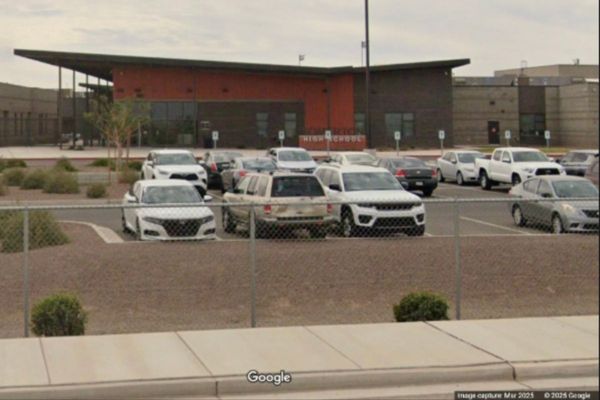
WASHINGTON — The Federal Reserve extended its fight against high inflation Wednesday by raising its key interest rate by a quarter-point, its eighth hike since March. And the Fed signaled that even though inflation is easing, it remains high enough to require further rate hikes.
Though smaller than its previous hike — and even larger rate increases before that — the Fed’s latest move will likely further raise the costs of many consumer and business loans and the risk of a recession.
In a statement, Fed officials repeated language they have used since March that says, “ongoing increases in the (interest rate) target range will be appropriate.” That is seen as a signal that they intend to raise their benchmark rate again when they next meet in March and perhaps in May as well.
The Fed’s hike was announced one day after the government reported that pay and benefits for America’s workers grew more slowly in the final three months of 2022, the third straight slowdown. That report could help reassure the Fed that wage gains won’t fuel higher inflation.
Though the Fed kept language in its statement suggesting that more rate hikes are in store, it did note for the first time that price pressures are cooling. It noted that “inflation has eased somewhat but remains elevated.”
The statement also hinted that it will likely stick with modest quarter-point hikes in coming months and is considering when to eventually suspend its rate increases.
Speculation is widespread among Wall Street investors and many economists that with inflation continuing to cool, the Fed will soon decide to halt its aggressive drive to tighten credit. When they last met in December, the Fed’s policymakers forecast that they would eventually raise their benchmark rate to a level that would require two additional quarter-point hikes.
Yet Wall Street investors have priced in only one more hike. Collectively, in fact, they expect the Fed to reverse course and actually cut rates by the end of this year. That optimism has helped drive stock prices up and bond yields down, easing credit and pushing in the opposite direction that the Fed would prefer.
The divide between the Fed and financial markets is important because rate hikes need to work through markets to affect the economy. The Fed directly controls its key short-term rate. But it has only indirect control over borrowing rates that people and businesses actually pay — for mortgages, corporate bonds, auto loans and many others.
The consequences can be seen in housing. The average fixed rate on a 30-year mortgage soared after the Fed first began hiking rates. Eventually, it topped 7%, more than twice where it had stood before the hiking began.
Yet since the fall, the average mortgage rate has eased to 6.13%, the lowest level since September. And while home sales fell further in December, a measure of signed contracts to buy homes actually rose. That suggested that lower rates might be drawing some home buyers back to the market.
Over the past several months, the Fed’s officials have reduced the size of their rate increases, from four unusually large three-quarter-point hikes in a row last year to a half-point increase in December to Wednesday’s quarter-point hike.
The more gradual pace is intended to help the Fed navigate what will be a high-risk series of decisions this year. The slowdown in inflation suggests that its rate hikes have started to achieve their goal. But measures of inflation are still far above the central bank’s 2% target. The risk is that with some sectors of the economy weakening, ever-higher borrowing costs could tip the economy into a recession later this year.
Retail sales, for example, have fallen for two straight months, suggesting that consumers are becoming more cautious about spending. Manufacturing output has fallen for two months. On the other hand, the nation’s job market – the most important pillar of the economy — remains strong, with the unemployment rate at a 53-year low at 3.5%.







